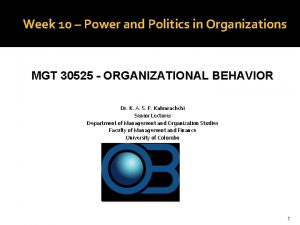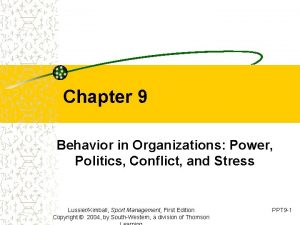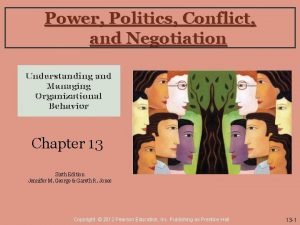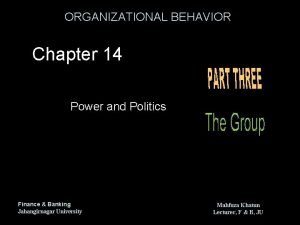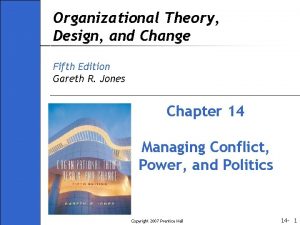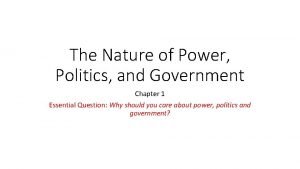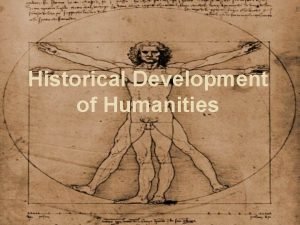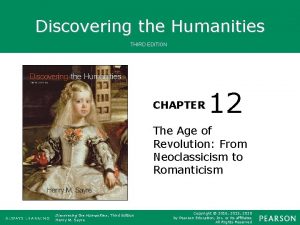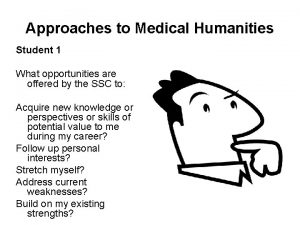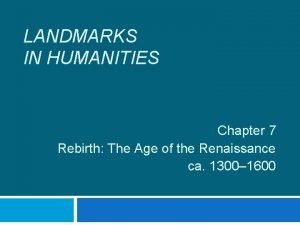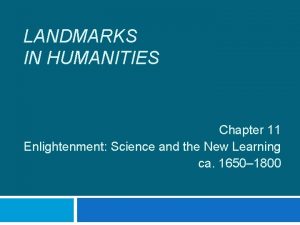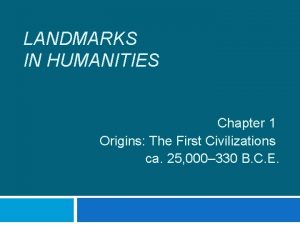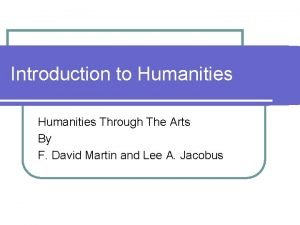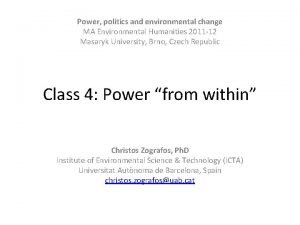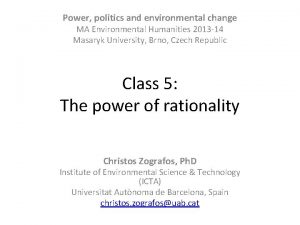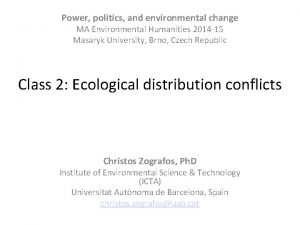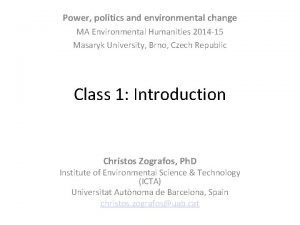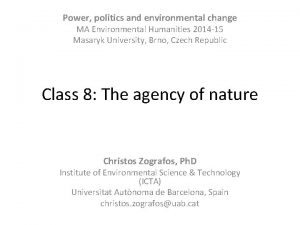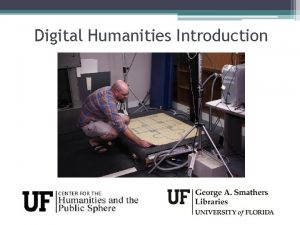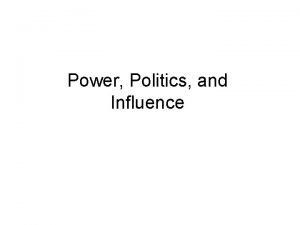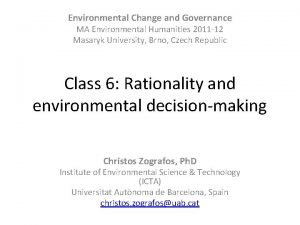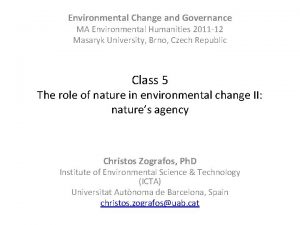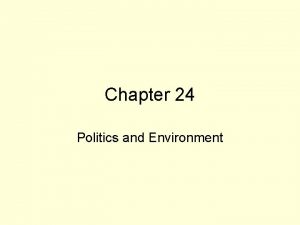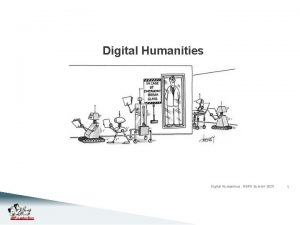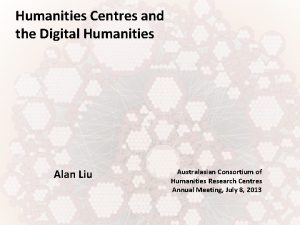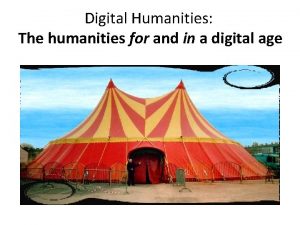Power politics and environmental change MA Environmental Humanities






















- Slides: 22

Power, politics and environmental change MA Environmental Humanities 2013 -14 Masaryk University, Brno, Czech Republic Class 2 The politics of environmental change I: structuralism Christos Zografos, Ph. D Institute of Environmental Science & Technology (ICTA) Universitat Autònoma de Barcelona, Spain christos. zografos@uab. cat

Intro • Purpose: explain structuralist approach to the study of how power produces environmental change • Reason why you should know this: – Because it is one main approach of explaining the role of politics in producing environmental change – Which you can use for your research/ understanding environmental change and governance 2

Class outline • Discuss answers to student assignment • Delve deeper in premises of structuralist explanation of environmental change and governance • With short group exercises 3

“…the uncontrolled growth of weeds and their emerging dominance in the landscape do appear to symbolize disorder, decay, and the absence of control that accompany years of political and fiscal neglect. Socially speaking, the significance of weeds is not what they do but, rather, what they represent; the same can be said for the abandoned autos, heaps of garbage, discarded needles, condoms, and drug paraphernalia, and broken glass that are pervasive throughout the park” (Brownlow, 2006, p. 242) Why, according to Brownlow, have disorder and decay fallen upon Cobbs Creek? CLASS ASSIGNMENT 3 4

Disorder and decay in Cobbs Creek • Why? – A key factor/ key change that brought about disorder and decay • Loss of social (community) control mechanisms that ensured park security for everyone • What reasons produced this phenomenon? 1. Actions of a man in power (Rizzo) 2. Public Administration’s neglect 3. Change in gang culture 5

Personal agenda of one person in a seat of power • Police Commissioner & then Mayor Rizzo: – his actions led to a loss of surveillance (local community social control) mechanisms • Actions: Rizzo policies – 1974: Mayor Rizzo cuts park budget by 50% (compared to previous admin) – reduce importance of mounted Park Guard (personal vendetta) through its reduction: from 500 guards to 24 and its integration with the Philadelphia Police Department, – removal of park benches upon which members of the community would sit and observe “the world passing by”. This also led to elimination of an important element of community self-surveillance (benches) 6

Result of neglect (of racist-origins) • Budget cuts started with Mayor Rizzo but continued: since early 80 s (i. e. 3 decades=no increase) • steady decline in budgetary spending on the park further compounded the problem • budget cuts followed almost exact pattern as exodus of whites from the area (racism within the Philadelphia powerful decision-making institutions) 7

Change in gang culture Gangs' informal agreement (50 s) over park's neutrality • John: “The park was sort of that neutral ground because everybody came to the park, and you had picnics out there and all kinds of things in that community – cook outs” • Tom: “It was an unwritten agreement that the park would be neutral” 8

Change in gang culture • Late 60 s +early 70 s: growing pressure of black power movement to cease black-on-black violence and focus energy and anger on greater social and political wrongs – Cobbs Creek’s early gangs quietly disappear: informal park security they ensured also disappears • late 1970 s: decline of black identity movement and outmigration of middle-class blacks leaves power vacuum 9

Change in gang culture • 1980 s: re-emergence of gangs – structure and membership not like “organic, homegrown gangs of the 1950 s and 1960 s” – more violent forms and structures mimicked gang activity in cities like L. A. , Chicago, and New York, where there were no agreements, unwritten or otherwise • End of agreement: emergence of violence 10

The bigger picture • Loss of social control mechanisms must be analysed from a wider perspective of power relations' evolution within Philadelphia's recent history – civil rights movement, racial struggles, economic decay, etc. • Rizzo’s decisions to dismantle local social control mechanisms in Cobbs Creek can be seen as a form of social control – as a means of controlling social organization and activity among politically active black community during a period of racial upheaval – by removing their primary public arena of social intercourse and political exchange 11

CLASSROOM ACTIVITY 1 Power: ability to control one’s environment including others’ behaviour How does Brownlow study this “ability to control”? 1. 2. 3. What things (aspects of Cobbs Creek ‘reality’/ situation) does he analyse? Where is power located? Who holds it? How does power operate upon people? Get into groups STUDYING POWER THE STRUCTURALIST WAY 1. Study ways (practices and processes) in which power circulates among different social groups, resources, and spaces (Paulson et al. , 2005) 2. Where is power located? – Outside of ‘the subject’ 3. How does power operate? – Power presses and shapes subject (community and park) from the outside 12

Block 2 DEEPER INTO STRUCTURALIST EXPLANATION OF POWER AND POLITICS 13

‘Third World’ within • “Today, the Cobbs Creek “condition” is dominated by social indicators of inequality and neglect: …male unemployment near 50%, …” (p. 231) • Third World conditions/ spaces inside ‘First World’: Cobbs Creek is – A ‘First World’ periphery – The ‘Third World’ within • First-Third World divide: result of a global process of uneven development – First World: benefits (e. g. from NR use) – Third World: costs & risks -> unequal distributions 14

Power in PE: a social relation built on asymmetrical distributions of resources and risks (Hornborg, 2001) 1. Resources & benefits: which? 2. Risks: what? 3. Asymmetrical distribution risks/ resources: who gets what? 15

Structuralism: the ‘backwaters’ • Shroeder et al. (2006) – “Drawing on structuralist arguments, sees the First World as part of a global process of capitalist uneven development – The same forces that produced the Third World as such are responsible for creating peripheries, backwaters, wastelands, remote areas, etc. within advanced capitalist nations as well” 16

Structuralism: binaries • The First – Third World binary • Structuralism: to explain/ understand social reality, builds models based on binaries • Structuralism makes a distinction between surface structure (superstructure) and deep structure (infrastructure/base structure) (Glazer) – to understand the surface structure one has to understand the deep structure, and how it influences the surface structure – Assiter (1984): structures are the "real things" that lie beneath the surface (or the appearance of meaning) *Note: origins in Freud’s psychoanalysis – surface structure = conscious; deep structure = unconscious – E. g. anxiety (conscious-surface expression) in front of a wolf is result of unconscious (deep structure) ‘trauma’ in e. g. early childhood 17

Key approaches and binaries • In political ecology, Marxism is probably the most influential structuralist approach • Traditionally, a key surface-base binary: – Economics: deep structure (base) – Ideology, politics: surface structure (superstructure) 18

Key approaches and binaries: e. g. • Society’s relations of production = economic base – e. g. capitalist relations: means of production (non-human inputs, e. g. tools + infrastructure + natural K, e. g. land) are held privately • Society’s superstructure (e. g. legal system, ideology, etc. ) merely expresses those social conditions (private ownership of Mo. P) and dominant class interests – E. g. upper and upper-middle class (bourgeois) dominate working class 19

Environmental change • “I demonstrate how urban ecologies are politically inscribed and manipulated in a manner that reflects and reproduces social relations of power and inequality” (Brownlow, 2006, p. 228) – Binaries: environmental change (ecologies of neglect and insecurity) reflect what happens in the base structure (economic and political system) • Power = coercion, domination that is imposed – coercive practices (actions) of actors, e. g. Rizzo, gangs – coming/experienced from the outside, from those actions 20

Value of structuralism • Refines approaches to study of domination: important – Domination brings inequality and environmental injustice = undesirable – Inequality and power differentials: deeper roots of environmental degradation (e. g. Latin America – Paulson, 2005) • Logic of dominant (e. g. capitalist) investment-> adverse effects: – spatial patterns of environmental racism (e. g. landfills in African-American communities) – ‘First World’ peripheries (e. g. Cobbs Creek): spaces of domination 21

Classroom exercise 2 • Get back into your previous groups • Can you now think of an example where the same thing (Cobbs Creek degradation) has happened? – Discuss – Decide on example – Present, describe example to rest of the class Answers should include following key elements • Coercion (domination) and links to environ degradation • How power shapes from the outside • Use/ build upon binaries – Base structure – Superstructure – Groups • Analyse: practices and processes – Flesh out how these facilitate imposing one’s “will even against. . ” – Identify power with specific groups who exercise it: who exercises power upon whom? • Explain how degradation is result of a system and its structure that produces degradation 22
 Power and politics in organizations
Power and politics in organizations Power, politics and conflict in organizations
Power, politics and conflict in organizations Conflict power and politics
Conflict power and politics Legitimate political behavior
Legitimate political behavior Power and politics organization theory
Power and politics organization theory Power and politics
Power and politics The nature of power politics and government
The nature of power politics and government Power in politics definition
Power in politics definition Ac power formula
Ac power formula College of humanities and social sciences
College of humanities and social sciences Columbus humanities arts and technology academy
Columbus humanities arts and technology academy Art and humanities endorsement
Art and humanities endorsement Humanities and social sciences
Humanities and social sciences Arts and humanities endorsement
Arts and humanities endorsement Historical development of humanities
Historical development of humanities Monk by the sea analysis
Monk by the sea analysis What is medical humanities
What is medical humanities Landmarks in humanities 5th edition
Landmarks in humanities 5th edition Landmarks in humanities 4th edition
Landmarks in humanities 4th edition Landmarks in humanities 5th edition chapter 1
Landmarks in humanities 5th edition chapter 1 Humanities through the arts
Humanities through the arts Brancusi
Brancusi Webkredit cuni
Webkredit cuni
